How To Order This Practical Guide To Shoeing
Notes On Shoeing For Horse-Owners is available from the American Farriers Journal bookstore. The 88-page book is part of the AFJ “Farrier Classics” series of nine historical horseshoeing books and sells for $15.95 plus shipping. You can also order the book by calling (866) 839-8455 or (262) 432-0388, or by sending a check with your order to American Farriers Journal, P.O. Box 624, Brookfield, WI 53008-0624.
It makes a great holiday or birthday gift for your favorite farrier!
Note: After Dennis Manning suggested that “Notes On Shoeing For Horse Owners” should be added to the American Farriers Journal series of historical “Farrier Classics” books, he shared some of the background behind the book. This is a great little book that was written more than 100 years ago in Great Britain that offers a rare treasure of sound, basic horseshoeing principles for the normal foot.
The Roosevelt, Utah, farrier and member of the International Horseshoeing Hall Of Fame shared some personal experiences from the area of southwestern England where the book’s author, Captain V.H. Scratchley, and blacksmith Tom Hill were involved with the horseshoeing trade.
To read Manning’s review of this 88-page practical guide to normal horseshoeing, click here...
When It Comes To The Farrier Trade,
It’s Still A Small World!
A few years ago while in Britain for our son’s wedding, my wife and I visited the remote southwestern England village of Throwleigh. This is the village where my wife’s ancestors had once lived.
Throwleigh remains a picturesque village, slightly touched by the modern world and accessible only by driving over steep, narrow lanes. The old forge/post office of centuries past still serves as the village post office and living quarters for the postmistress.
Post Office, Plus A Forge
It was common 100 years ago for the blacksmith’s forge, as the center of community activity in rural villages, to also serve as the post office. A photographer of an early 20th Century postcard captured the image of blacksmith Tom Hill shoeing a horse in front of The Forge. His son, Richard Hill, is standing in the doorway in his postman’s uniform.
The 1851 census for England and Wales lists 23 blacksmiths with the Hill name living within the Devonshire district.
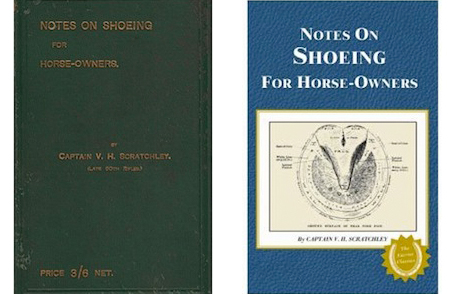
For more than 100 years, this 88-page treasure of
sound and basic horseshoeing principles for a normal
foot remained unknown throughout the farrier world.
Following a brief stroll about the village, we looked for a place to eat. Our GPS unit located a cafe only 4 miles away named The Old Forge Tea Room. As you might guess, this became our next destination.
The GPS unit guided us over steep rolling hills and along narrow lanes lined with the traditional hedge-covered stonewalls to the little town of Chagford. It was the middle of the week on a late spring afternoon, but everything in town, including the café, was closed for the day. We later learned the cafe is open 5 days a week, but never after 5 p.m.
It was obvious that the old stone building with a slate roof and living quarters on the second previously had been a forge or smithy. The shop’s double doors still opened into the small town square.
The Rest Of The Story
While conducting a farrier tool-forging clinic in Ohio, several months later, John Warner, one of the attendees, showed me a copy of Notes On Shoeing For Horse-Owners that he’d found in South Africa.
The basic principles taught in the book were intriguing. Further study revealed the book had been written more than 100 years earlier in Chagford, the very place my wife and I had visited several months earlier.
That’s where the author of the book, Captain V.S. Scratchley, had done his research in consultation with farrier William Hill, AFC, at Hill’s forge in Chagford. This was the forge that has since been converted into a modern cafe called “The Old Forge Tea Room” that is located on The Square where generations of Hills had lived and worked.
It was common 100 years ago for both the forge and post office to be located within the same building in the center of the village square in England. The post office in the small village of Throwleigh is still found in the building shown above that in earlier days housed both the forge and post office as shown in the postcard photo (below).

Chagford is an ancient British town located within
the borders of the huge Dartmoor National Park.

Local residents today know the original shoeing forge of farrier
William Hill in Chagford, England, as “The Old Forge Tea Room.”

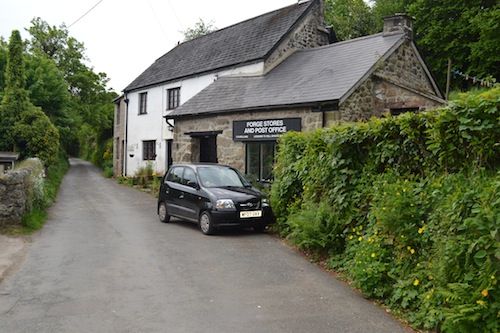
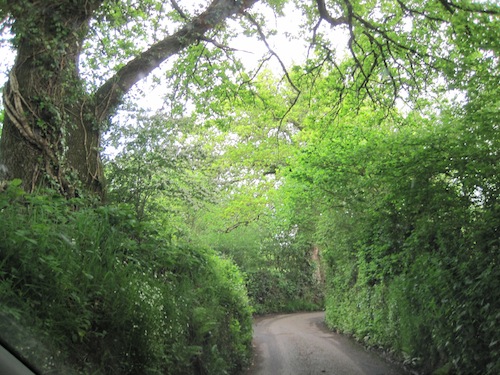
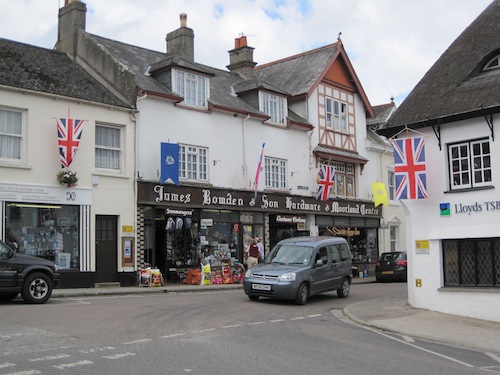
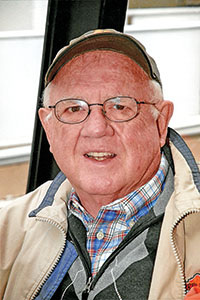






Post a comment
Report Abusive Comment